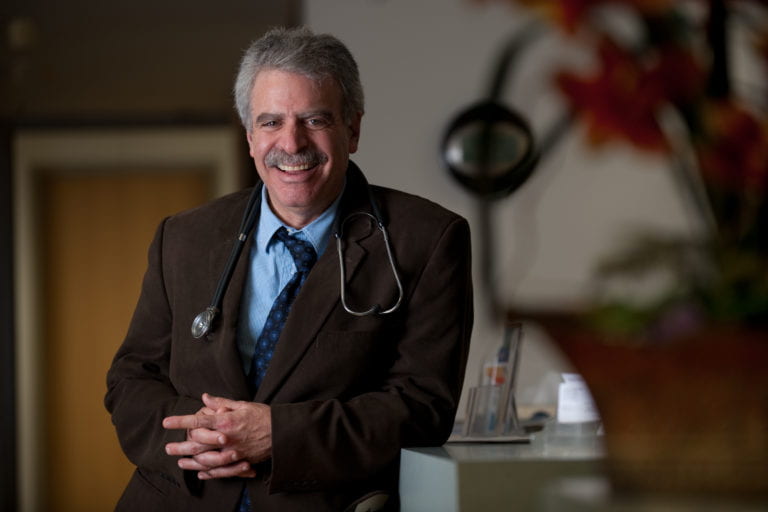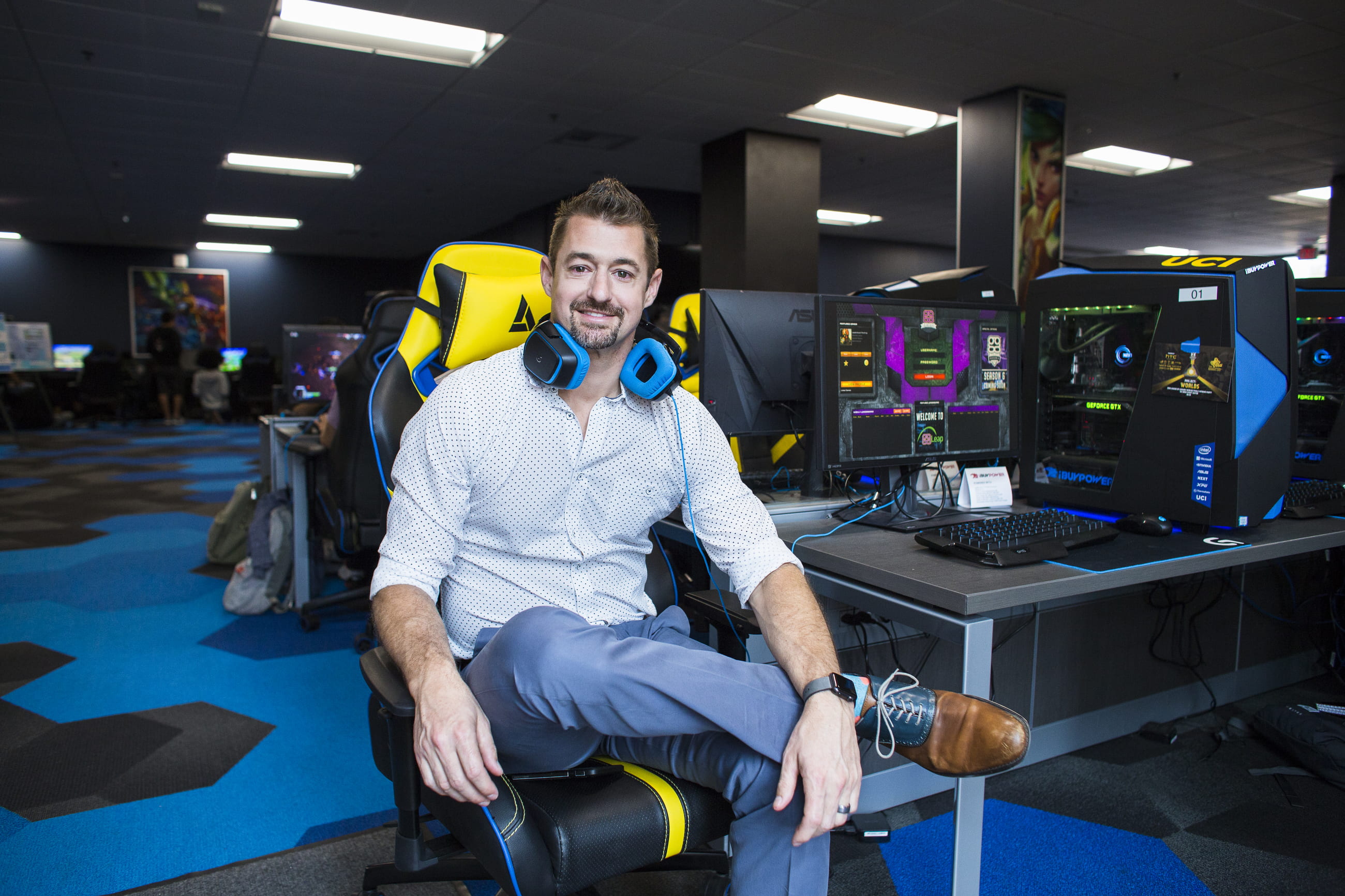California schools can reopen safely
UCI pediatricians tell us how

Many students in California have not been inside a classroom since last March. Though low-income students have been affected the most, all kids have had to adjust because of the COVID-19 pandemic. As more people are vaccinated, the end of remote learning is in sight, but schools will still need to use social distancing strategies to reopen safely.
Dr. Erlinda “Chulie” Ulloa, an assistant professor of pediatrics, and Dr. Dan Cooper, a professor of pediatrics and the founding director of the Institute for Clinical Translational Science, have been researching how kids can return to school safely while COVID-19 vaccines are still rolling out. They studied four Santa Ana schools that have been open during the pandemic – one private, two public and one for special needs – to see how kids were behaving.
Cooper and Ulloa spoke to the UCI Podcast about how schools can reopen safely now and as vaccinations become more widespread. Below are highlights from their conversation. Read the full transcript here.
[soundcloud url=https://soundcloud.com/theucipodcast/why-low-income-children-suffer-the-most-during-remote-learning /]
What have we learned about how children contract or spread COVID-19 since the early days of the pandemic?
Ulloa: Dr. Cooper and I conducted a small but impactful study within our schools in Orange County, looking at four very demographically diverse schools. We really didn’t find any evidence that children play a significant role in the transmission of the virus. Certainly, transmission can and will occur whenever you have a bunch of people in close proximity, but the important thing is following mitigation procedures.
Cooper: We actually quantified kids’ physical activity and other aspects of school life to look at the mitigation procedures, such as wearing face masks and maintaining physical distancing. We think this is going to be a very important tool for schools to gauge how well they’re able to put mitigation into place. And if they find they’re not doing a good job, they can take corrective action because even with the vaccine, I think these mitigation procedures are going to be with us for a significant amount of time.
Any best practices?
Ulloa: Start with the basics: Wear your mask so it covers your nose and mouth; maintain distance whenever possible, while making sure to keep masks on when teachers and students need to be in closer proximity; and practice good hand hygiene. Those three basic rules really work to decrease the spread of infection.
Cooper: One of the things that we found with our direct observation, which I think is fairly intuitive, is that lunch is the most dangerous time. That’s where we should really think about where we seat the kids, making sure they have their masks with them. One of the things we discovered from studying healthcare workers who deal with COVID-positive patients is that they were not being infected predominantly from their patients. It was what they call “break room breakouts” – where they sat, they had coffee together, they relaxed.
The other point where we’re losing ground during the pandemic is obesity and physical inactivity. There’s no reason not to have PE. And we do not want to see these kids – particularly lower socioeconomic kids who are already at risk for weight gain and physical inactivity – worsen because the health consequences of that are very serious as well. We’re very fortunate in Southern California that we can do PE outside year-round.
Do all teachers need to be vaccinated before we can open schools?
Ulloa: I think that there are safe ways to reopen, but I do believe strongly that our teachers should be prioritized. It is my impression that they will be included in Phase 1B, the next phase of the state’s vaccination priority list.
What are the disparities in how families in wealthier school districts might be affected by a school closure vs. families in lower income school districts?
Cooper: This is a great question, and it really gets to the heart of the matter. Just consider square footage. In Santa Ana, in the lower socioeconomic neighborhoods, you often have multi-generational families under one roof. Tragically, even things like internet connection are not as good. More often than not, both parents may be working and don’t have a lot of time to spend with their kids to ensure that they are following their lessons. So what we’ve seen is the rate of kids dropping out of internet learning from lower-income homes is higher than it is in a place like Newport Beach. And the inability for the kids to have a place to play, because many times in those neighborhoods parents don’t feel that it’s safe for their kids to go out. In so many ways, this school shutdown has conspired against the wellbeing and health of lower socioeconomic kids.


